When it comes to Raphus cucullatus, many people have heard the story of this "extinction icon."
This flightless bird completely disappeared over 300 years ago due to human activity, leaving no complete living specimens.
But recently, a US biotech company has pulled off a major move.
They have successfully kept "primordial germ cells" from the Nicobar pigeon, a close relative of Raphus cucullatus, alive in the lab for several weeks.
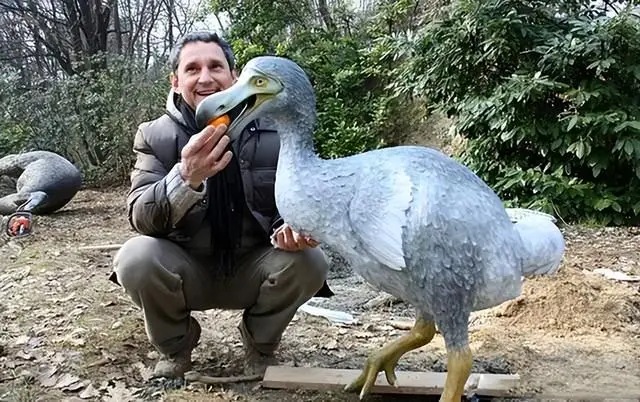
This technology is the key to success that bird geneticists have been searching for for over a decade.
Without it, subsequent gene editing efforts would be impossible.
The company's CEO is confident that the first batch of "new Raphus cucullatus" will be hatched in as little as five to seven years. When this news broke, many people thought it was like a science fiction movie come true, but knowledgeable scientists have poured cold water on it.
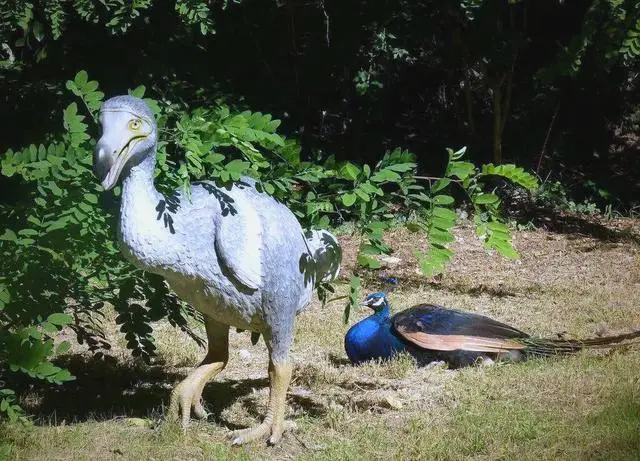
This attempt to resurrect Raphus cucullatus faces a host of challenges.
Critically, the genome of the Raphus cucullatus we have is incomplete; it's a rough draft pieced together from bones and feathers found in museums.
Filling in all the missing parts with Nicobar pigeon DNA is like using parts from others to build your own machine—how can it be the same?
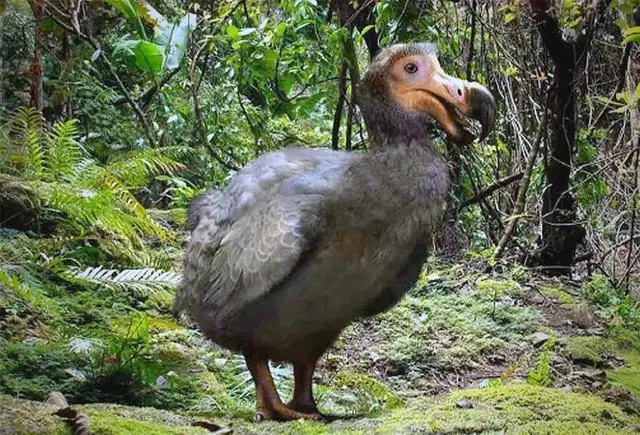
Scientific Breakthrough or Commercial Hype?
A more practical question remains: Even if the gene editing is successful, where will the bird be hatched?
Scientists plan to use chickens as surrogate mothers, but chicken eggs are much smaller than Raphus cucullatus eggs.
Embryos, which should develop in a large eggshell, will be squeezed into a small one.
There's a high probability that the shell will burst before hatching, and even if it survives, it will be a "premature" baby that requires meticulous care.
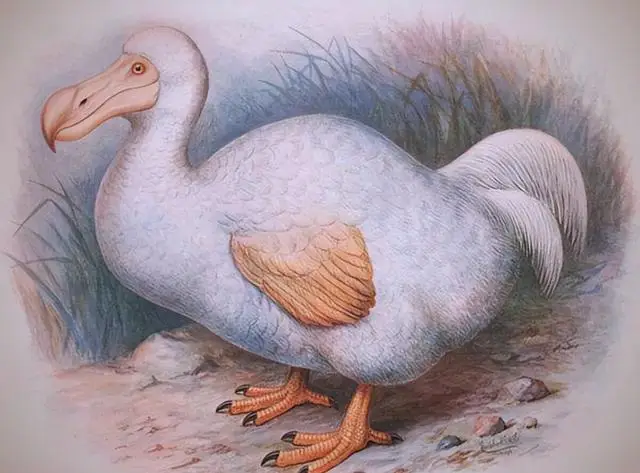
Many biologists have bluntly stated that the hatched bird wasn't a true Raphus cucullatus at all, but at most a hybrid.
It likely resembled a Nicobar pigeon, with some genetic fragments from Raphus cucullatus embedded in it.
Many believe this resurrection is more a commercial tactic to attract attention than rigorous science.
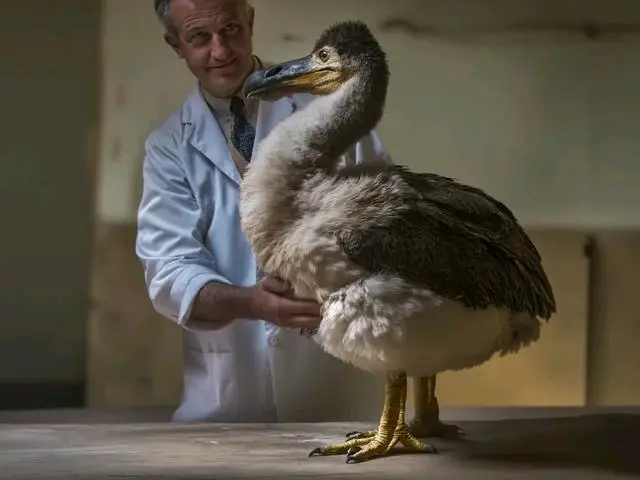
Even more concerning are the ethical issues. Some experts say that genetics is incredibly complex.
Changing a single fragment could affect multiple traits, and creating an animal with birth defects would be painful for the animal itself.
But then again, this isn't without value.
The technology developed by the company can already be used to save currently endangered birds.
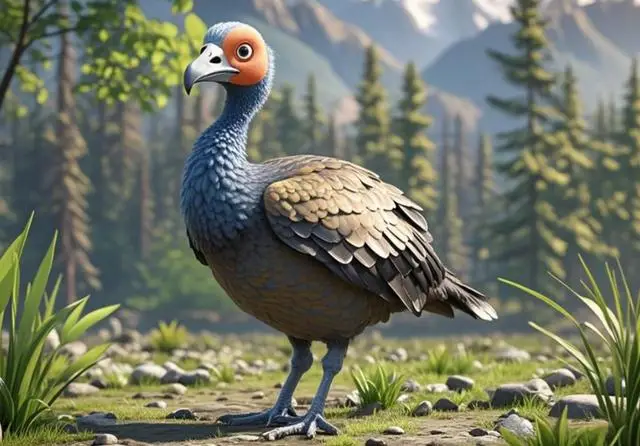
In the future, it may also help critically endangered birds like the Philippine Eagle and the Australian Orange-bellied Parrot.
If this technology can be used to preserve their reproductive cells, it might even help them continue their lineage. This makes me think that, rather than dwelling on whether we can "resurrect" our ancestors, we should instead focus on whether these technologies can preserve living creatures today.
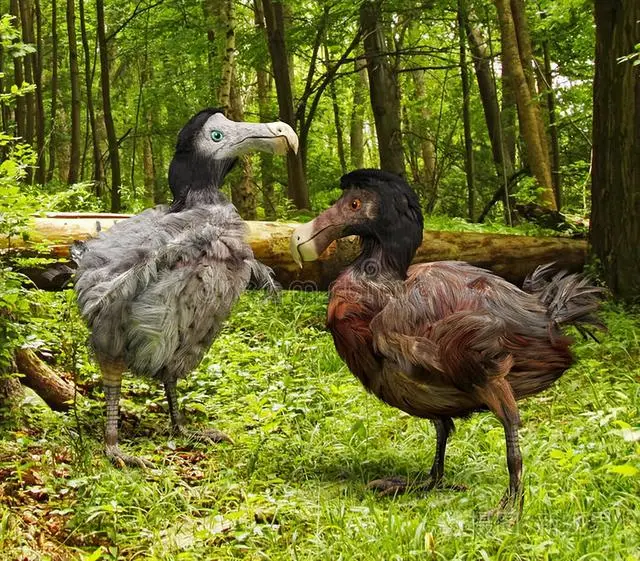
Many people are captivated by the hype of "de-extinction," believing that "extinction and resurrection are enough," and thus becoming less concerned with protecting existing species.
In reality, Earth's ecosystems are interconnected. If Raphus cucullatus disappears, the trees that rely on it for seed dispersal will also be endangered.
Even if a "fake Raphus cucullatus" were truly created, it wouldn't fill the ecological gaps that existed previously.
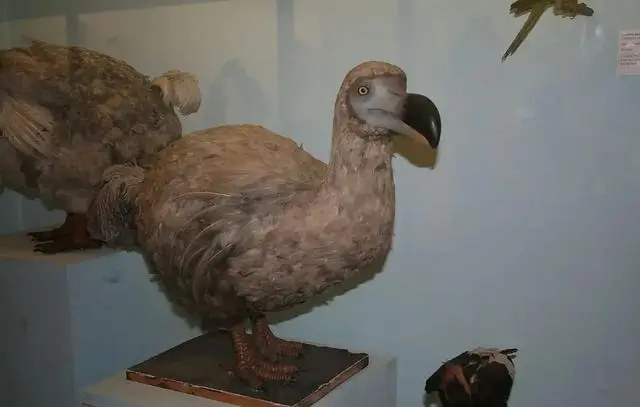
These laboratory experiments are fine, but don't exaggerate "resurrection."
While prioritizing "recreating history," we could also devote some energy to protecting real-world species.
Don't let the next creature become Raphus cucullatus.
